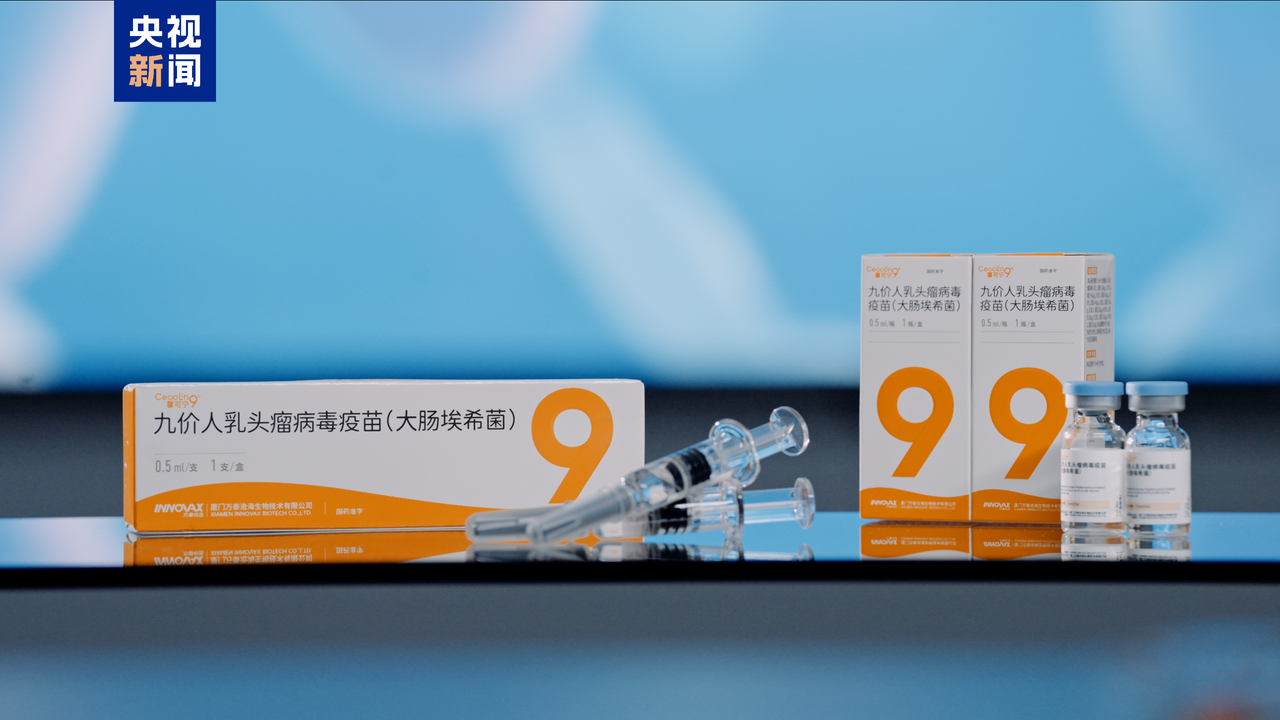What to know about China’s first homegrown 9-valent HPV vaccine

China’s National Medical Products Administration (NMPA) has approved Cecolin 9, the country’s first domestically developed nine-valent human papillomavirus (HPV) vaccine, marking a significant milestone in global health.
Developed by Xiang An Biomedicine Laboratory, Xiamen University, and Wantai BioPharm, this vaccine positions China as the second nation after the United States to supply high-valency HPV vaccines independently.
What is a valent?
In HPV vaccines, valent refers to the number of HPV strains targeted. A nine-valent vaccine, like Cecolin 9, protects against nine HPV types (6, 11, 16, 18, 31, 33, 45, 52, and 58), covering strains responsible for about 90% of cervical cancers and other HPV-related diseases, compared to bivalent (two strains) or quadrivalent (four strains) vaccines. This broader coverage enhances protection against cervical cancer, genital warts, and other HPV-related cancers.
Clinical success and accessibility
Since 2019, Cecolin 9 underwent five clinical trials across China, involving over 11,000 volunteers aged 9 to 45. Results, published in The Lancet Infectious Diseases, show a 98% protection rate against persistent HPV infections lasting over 12 months and 100% efficacy against cervical infections for types 16, 18, 31, 33, 45, 52, and 58. Notably, for girls aged 9 to 17, two doses suffice to match the immune response of three doses in women aged 18 to 26, making it China’s only two-dose HPV vaccine for this age group.
The vaccine’s immune response is comparable to international counterparts like Gardasil 9 for at least 30 months post-immunisation.
Global Implications
Cervical cancer, the fourth most common cancer among women globally in 2022, claims over 340,000 lives annually, with 70% of cases linked to HPV types 16 and 18. With China’s Cecolin 9, this menace could be potentially curbed due to increased production capacity and enhanced global supply and accessibility.
China’s move has seen 40% of Chinese girls aged 13 to 14 receiving free HPV vaccinations in 2024. This aligns with the WHO’s 2030 goal to vaccinate 90% of girls by age 15.